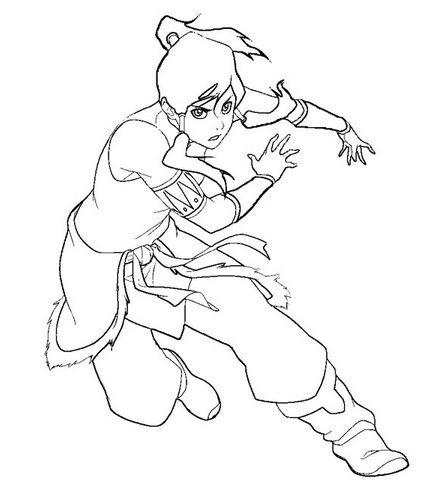
Julie Smitka, junior in physics and philosophy
Despite other television shows becoming increasingly and socially tolerant, American made-for-children cartoons continue to cling to antiquated ideals. When shows attempt to breach these assumed limits, they typically fail, as networks force them to fall back on what they perceive to be more family friendly and socially acceptable.
The writers on the show “Clarence” aimed to show two men sharing a brief romantic kiss in the background of an episode, yet Cartoon Network disapproved and insisted that the interaction be downgraded to a kiss on the cheek. In a similar instance, when “Gravity Falls” initially featured a lesbian couple throughout the storyboarding process of a particular episode, Disney coerced showrunners to make the highlighted couple heterosexual.
Endeavors to provide representation (finally) for people who have been historically and systematically oppressed for living under a label other than “heterosexual” are typically spurred by network runners who are more content sticking to archaic belief systems that have, in the past, proven effective with mass audiences.
In spite of the many network-implemented barriers that cartoons routinely face, the finale of Nickelodeon’s “The Legend of Korra” has demonstrated that an animated show can be simultaneously subversive, financially successful, and critically acclaimed. I include “financially successful” only because, to many people, the phrase is the primary indicator of whether a product should exist.
“Korra,” a spinoff of “Avatar: The Last Airbender,”garnered praise throughout its four-year run for its diverse cast of characters, mature plotlines, and realistic storytelling. Despite some egregious network meddling (Nickelodeon forced show runners to release the series exclusively online following an onscreen death during the first season’s finale, did almost no marketing for the second season and later forced the producers to develop a clip show episode), “Korra” continued to thrive in its less-than-ideal conditions.
“The Legend of Korra” gained attention even before airing solely because of its protagonist, Korra, a short-tempered, brash woman of color. Scratch that – a bisexual woman of color.
Though Korra pursues a man early on in the series, in the show’s finale, she embarks on a new journey with Asami, a woman with whom she has grown increasingly close over the show’s run.
Although myriad people claim “Korra’s” ending to be ultimately ambiguous, in the end, it really isn’t. Though Korra and Asami do not kiss outright, they venture out on a vacation by themselves while holding hands during a sunset that maybe not-so-coincidentally features the colors of the bisexual flag. Once they enter the portal, the two women stand facing and gaze into each other’s eyes, mirroring a couple who had married minutes earlier in the show. Throughout this ordeal, the original romance theme music from Avatar warbles softly in the background.
So no, I don’t believe the ending to be ambiguous. Especially when series creator Michael Dante DiMartino has established that the scene “symbolizes their evolution from being friends to being a couple.”
To this extent, I think “Korra’s” showrunners faced certain restrictions in the development of this last scene. In other words, if Nickelodeon had allowed the creators to show the two women kissing, then the creators would have shown the two women kissing. Still, those last minutes of “Korra” are nearly as explicit as if they had displayed such physical intimacy.
“Korra’s” legacy is that it offers not only a sense of normality for those who are told they cannot achieve it, but a sense of validation. “The Legend of Korra” will hopefully pave the way for other American cartoons to unabashedly include characters who challenge harmful societal conventions, and strive to offer better representation for those children that, at this point in time, are unable to see anyone like themselves in the general media.